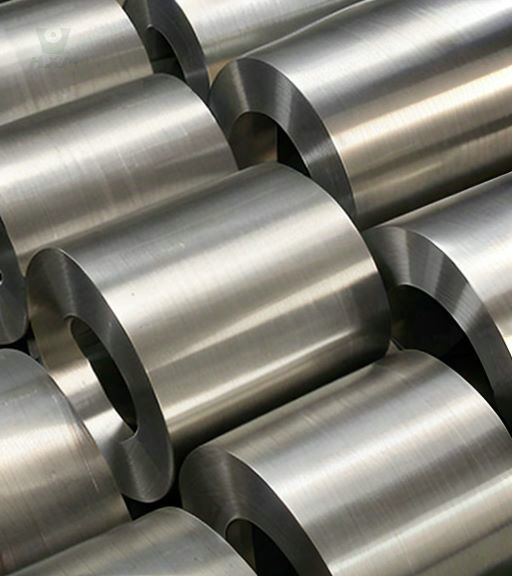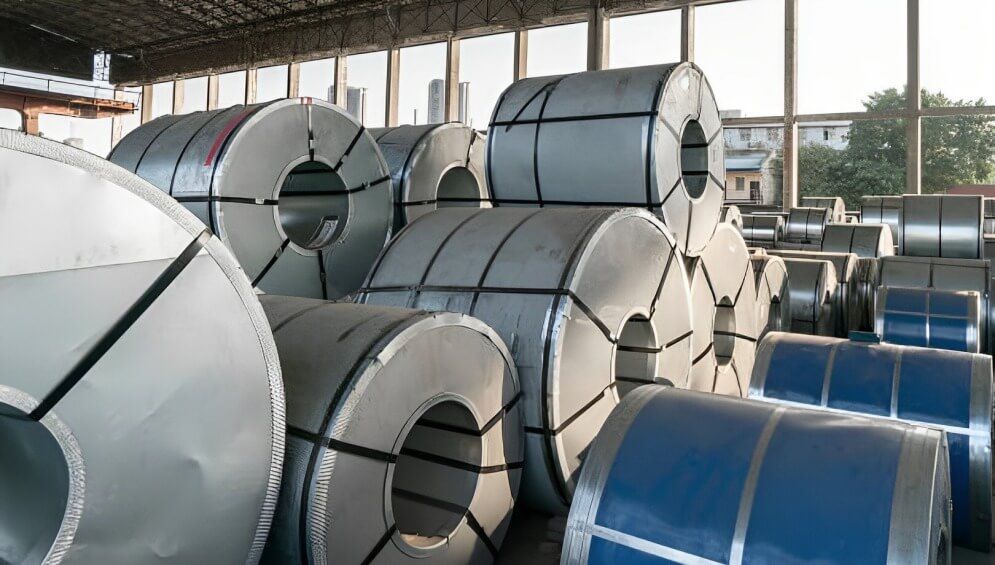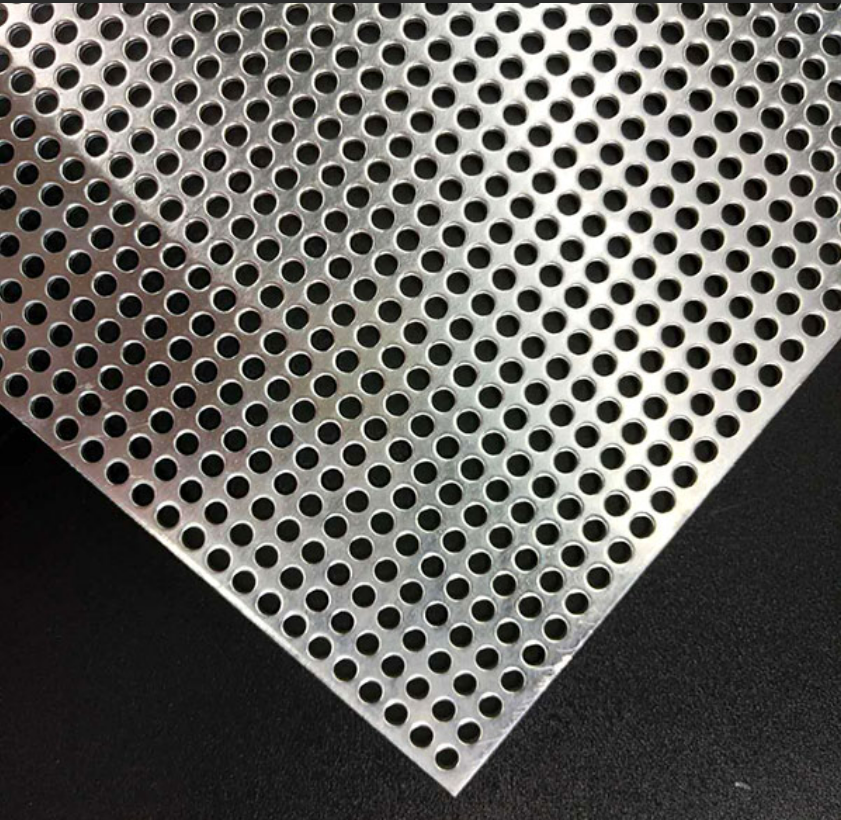can you mig weld stainless steel?
When we think of welding stainless steel, we usually associate it with industries such as construction, automobile manufacturing and ship building. Welding is an indispensable process in these fields, and can be used to securely join metal parts together to ensure a solid and safe structure. But as technology continues to evolve, so do welding methods. However, one common welding task raises some questions: is it actually possible to weld stainless steel using the MIG welding method?
can you mig weld stainless steel?
Yes, the MIG welding method (Metal Inert Gas Welding) is a commonly used welding technique that also applies to stainless steel. Stainless steel is a corrosion-resistant, robust material that is commonly used in a variety of applications, including fabrication, construction, and food processing.MIG welding works by using an electric arc to weld a metal wire to a stainless steel workpiece while delivering an inert gas to the weld area to protect the weld zone from airborne contaminants. This method is suitable for a wide range of stainless steel types, including austenitic and martensitic stainless steels. However, it is critical to select the correct welding material, gas and parameters to ensure a high quality welded joint. Before using MIG weld stainless steel, it is important to understand the specific material requirements and process to obtain the best results.
What is MIG Welding?
MIG welding, which stands for Metal Inert Gas welding, is a versatile and widely used welding process in which an electric arc is used to melt and join metals. It is particularly relevant when it comes to welding stainless steel.
In MIG welding, a continuous solid wire electrode is fed through a welding gun, and an inert or semi-inert gas (often a mixture of argon and carbon dioxide) is simultaneously released to shield the weld pool from atmospheric contamination. This protective gas prevents oxidation and other impurities from compromising the quality of the weld.
The MIG welding process is known for its ease of use, high welding speeds, and the ability to join a wide range of materials, including stainless steel. Stainless steel suppliers often recommend MIG welding for its efficiency and effectiveness in creating strong, clean welds on stainless steel components.
MIG welding offers precise control and is suitable for various applications, making it a preferred choice in both industrial and DIY settings. Whether in automotive manufacturing or crafting stainless steel structures, MIG welding plays a crucial role in achieving secure and durable connections.
Principles of MIG Welding
MIG welding, or Metal Inert Gas welding, relies on a fundamental set of principles that enable the joining of metals, including stainless steel, through the precise control of an electric arc and the use of inert or semi-inert gases.
- Arc Formation: The MIG welding process begins with the creation of an electric arc. A continuous solid wire electrode, often made of stainless steel, is fed through a welding gun. An electric current passes through the wire, generating an intense heat at the tip. This heat causes the wire to melt, forming a molten metal droplet.
- Shielding Gas: Simultaneously, an inert or semi-inert gas, such as argon or a mixture of argon and carbon dioxide, is released through the welding gun's nozzle. This gas serves as a shielding agent, enveloping the molten metal droplet and the weld pool. The shielding gas effectively prevents the weld area from being contaminated by atmospheric elements like oxygen and nitrogen, which can lead to oxidation and impurities in the weld.
- Clean Weld Formation: The molten metal droplet is transferred to the workpiece, where it solidifies and fuses with the base metal. The continuous supply of both the wire electrode and shielding gas ensures a clean and strong weld, making it an ideal choice for stainless steel applications.
Stainless steel suppliers recommend MIG weld stainless steel due to its precision, efficiency, and ability to produce high-quality welds. The principles of MIG welding, which revolve around controlled heat, a continuous feed of filler metal, and effective shielding, are instrumental in achieving reliable and durable welds in stainless steel structures and components.
Advantages of MIG Weld Stainless Steel
MIG welding, particularly when applied to stainless steel, offers a range of advantages rooted in its scientific principles and operational efficiency.
- Precision and Control: MIG welding provides precise control over the welding process. The adjustable settings allow for fine-tuning of parameters such as voltage, current, and wire feed speed, ensuring accuracy in the deposition of molten metal onto stainless steel surfaces.
- High Deposition Rates: MIG welding operates at high deposition rates, enabling quick and efficient completion of welds. This efficiency is especially valuable in industrial settings where productivity and project timelines are critical.
- Clean Welds on Stainless Steel: The use of a shielding gas in MIG welding, often a combination of argon and carbon dioxide, creates a protective atmosphere around the weld area. This minimizes oxidation and contamination, resulting in clean, aesthetically pleasing welds on stainless steel components.
- Versatility in Material Compatibility: MIG welding is versatile and can be applied to a wide range of materials, including various types of stainless steel. Stainless steel suppliers recommend MIG welding for its adaptability to different alloys, making it suitable for diverse applications.
- Reduced Post-Weld Cleanup: The controlled nature of MIG welding reduces spatter and the need for extensive post-weld cleanup. This is particularly advantageous when working with stainless steel, where maintaining a pristine surface finish is often crucial.
- Automation Potential: MIG welding can be easily integrated into automated processes, enhancing efficiency and consistency in large-scale stainless steel manufacturing. Automated MIG welding systems ensure uniform weld quality and reduce the dependence on manual labor.
In conclusion, MIG welding’s scientific advantages, including precision, cleanliness, and adaptability, make it a preferred choice for welding stainless steel. Stainless steel suppliers recognize the efficiency and reliability of MIG welding, contributing to its widespread use in industries where high-quality, durable welds on stainless steel are paramount.
MIG Welding Process
MIG welding of stainless steel involves a sophisticated process that combines electrical, thermal, and metallurgical principles for effective joining.
process of MIG Weld stainless steel
- Arc Initiation: MIG welding begins with the initiation of an electric arc between the continuous wire electrode and the stainless steel workpiece. This arc generates intense heat, causing the wire to melt and form a molten droplet.
- Continuous Wire Feed: A stainless steel wire electrode, selected based on the specific alloy requirements, is continuously fed through the welding gun. The controlled feed rate ensures a consistent supply of material for the weld.
- Shielding Gas Application: Simultaneously, an inert or semi-inert shielding gas, such as argon or a blend with carbon dioxide, is released. This shielding gas envelops the molten metal, preventing atmospheric contamination and ensuring a clean and precise weld.
- Deposition and Solidification: The molten metal droplet is transferred to the stainless steel workpiece, where it solidifies and fuses with the base metal. The controlled deposition and solidification process contribute to the formation of a strong and durable weld.
Requirements for MIG Weld Stainless Steel
- Proper Wire Selection: Choosing the correct stainless steel wire electrode is crucial. It should match the composition of the base metal and meet the specific requirements of the application.
- Appropriate Shielding Gas: The selection of an appropriate shielding gas is essential for stainless steel MIG welding. It should effectively shield the weld from atmospheric contaminants and support the desired metallurgical properties.
- Controlled Welding Parameters: Precise control over welding parameters, including voltage, current, and wire feed speed, is imperative. These parameters should be adjusted according to the specific stainless steel alloy to achieve optimal weld quality.
- Clean Surface Preparation: Prior to welding, the stainless steel surface must be thoroughly cleaned to remove any contaminants, ensuring the integrity of the weld joint.
MIG weld stainless steel demands adherence to these principles and requirements, as recommended by stainless steel suppliers. The synergy of controlled electrical arcs, continuous wire feed, and precise shielding gas application forms the scientific foundation for achieving high-quality and reliable welds in stainless steel applications.
Steps in MIG Welding Stainless Steel
Preparation Work
- Surface Cleaning and Preparation: Prior to MIG weld stainless steel, meticulous surface preparation is essential. The workpiece should be free from contaminants, rust, and oxides to ensure a clean and reliable weld.
- Joint Design: Depending on the welding application, choose an appropriate joint design. The joint configuration influences the welding process and the overall strength of the weld.
- Secure Fixturing: Proper fixturing and alignment of the stainless steel components are critical. Ensuring stability and proper fit-up contributes to accurate weld placement.
Choosing the Right Wire and Gas
- Selecting Stainless Steel Wire: Choose a stainless steel welding wire that matches the composition of the base metal. Consult stainless steel suppliers for recommendations on the appropriate wire type for the specific alloy being welded.
- Shielding Gas Considerations: Select the shielding gas based on the stainless steel alloy. Common choices include pure argon or a mixture of argon and carbon dioxide. The shielding gas must effectively protect the weld from atmospheric contaminants.
MIG weld stainless steel demands adherence to these principles and requirements, as recommended by stainless steel suppliers. The synergy of controlled electrical arcs, continuous wire feed, and precise shielding gas application forms the scientific foundation for achieving high-quality and reliable welds in stainless steel applications.
Adjusting Welding Parameters
- Voltage and Current Settings: Scientifically determine the optimal voltage and current settings based on the stainless steel alloy and thickness. These parameters influence the heat input and penetration of the weld.
- Wire Feed Speed Adjustment: Fine-tune the wire feed speed to ensure a steady and controlled deposition of the stainless steel wire. This parameter directly impacts the size and quality of the weld bead.
- Gas Flow Rate: Adjust the flow rate of the shielding gas to maintain a stable and protective atmosphere around the weld zone. Proper gas flow is crucial for preventing oxidation and ensuring a clean weld.
MIG weld stainless steel demands adherence to these principles and requirements, as recommended by stainless steel suppliers. The synergy of controlled electrical arcs, continuous wire feed, and precise shielding gas application forms the scientific foundation for achieving high-quality and reliable welds in stainless steel applications.
Initiating Welding
- Arc Initiation: Trigger the welding machine to initiate the electric arc. The arc generates the necessary heat to melt the stainless steel wire and create a molten pool for welding.
- Controlled Welding Motion: Employ a steady and controlled welding motion, ensuring even coverage of the weld joint. Maintain proper travel speed and manipulate the torch to achieve the desired bead profile.
MIG weld stainless steel involves a systematic approach, starting from meticulous preparation to precise adjustments and controlled execution. Scientifically optimizing each step ensures the production of high-quality, durable welds in stainless steel applications.
MIG Welding Different Types of Stainless Steel
| Stainless Steel Type | Composition | MIG Welding Considerations |
|---|---|---|
| Austenitic (e.g., 304, 316) | High Chromium, Nickel | – Select matching stainless steel wire and argon -CO2 shielding gas. – Adjust welding parameters for optimal results. |
| Martensitic | Higher Carbon Content | – Choose filler wire matching the alloy. – Use shielding gas with higher argon content. – Manage cracking and distortion with preheating and controlled cooling. |
| Duplex | Dual-Phase Structure | – Utilize specialized duplex stainless steel wires and tailored shielding gases. – Balance heat input for optimal results. |
| Ferritic | Magnetic Properties | – Choose filler wire and shielding gases suitable for ferritic stainless steel. – Control heat input to prevent sensitization. |
| Precipitation Hardening | Alloying Elements Precipitate | – Select appropriate filler wire for the specific precipitation -hardening alloy. – Control heat input with precision. |
Challenges in MIG Weld Stainless Steel
Challenges in Welding Stainless Steel
- Sensitization: Stainless steel is prone to sensitization, especially in the heat-affected zone during welding. This can lead to corrosion and reduced mechanical properties.
- Cracking: The risk of cracking exists, particularly in martensitic and duplex stainless steels. Controlling heat input and employing preheating/post-weld heat treatment is essential to mitigate this challenge.
- Porosity Formation: Stainless steel welding can be susceptible to porosity, affecting the integrity of the weld. Proper shielding gas selection and maintaining a clean welding environment are crucial in preventing porosity.
Addressing Challenges in Welding
- Optimized Welding Parameters: Collaborate with stainless steel suppliers to determine the ideal welding parameters for specific alloys. Adjusting parameters such as voltage, current, and wire feed speed ensures a stable and high-quality weld.
- Preventive Measures for Sensitization: Employ proper heat input control, use low carbon-content filler wires, and consider post-weld treatments to prevent sensitization issues.
- Controlling Cracking: Implement preheating and controlled cooling strategies for martensitic and duplex stainless steels. This helps minimize the risk of cracking and ensures the weld's structural integrity.
- Gas Shielding Enhancement: Select the appropriate shielding gas and ensure its consistent flow. This is crucial in preventing porosity formation and maintaining a protective atmosphere around the weld zone.
Understanding and addressing these challenges in the MIG welding process of stainless steel contribute to achieving high-quality, durable welds. Collaborating with stainless steel suppliers for material-specific recommendations and implementing optimized welding practices are key factors in overcoming these common issues.
In conclusion, MIG welding proves highly feasible for stainless steel applications, offering efficiency, precision, and control. By understanding the nuances of different stainless steel types, collaborating with reputable stainless steel suppliers, and optimizing welding parameters, achieving durable and corrosion-resistant welds is within reach.
The knowledge gained in MIG weld stainless steel extends beyond the workshop, playing a pivotal role in both industrial processes and everyday life. From constructing robust structures in the manufacturing sector to ensuring the reliability of essential components, the significance of this knowledge underscores the foundation of countless applications.
As industries evolve and innovation continues, a profound understanding of MIG weld stainless steel remains indispensable. The collaboration with knowledgeable stainless steel suppliers further enhances the reliability and quality of the welding process, contributing to the longevity and success of diverse projects across various sectors.






